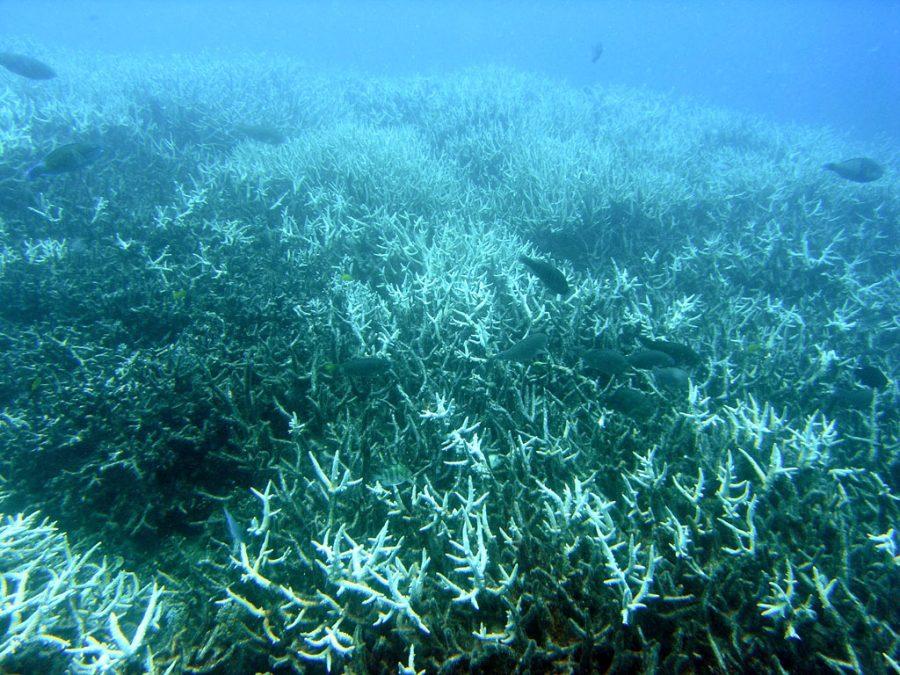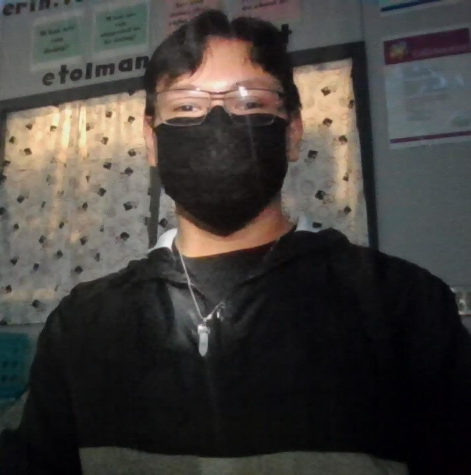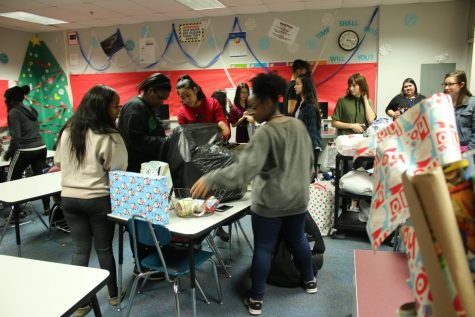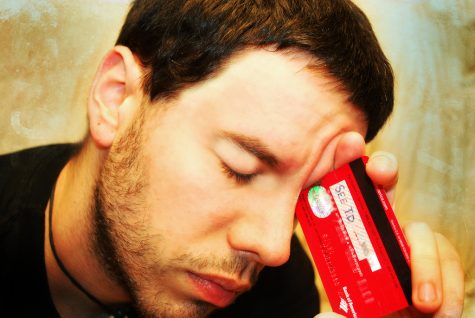Saving the Reef
November 1, 2016
In the last two months, the Great Barrier Reef has undergone massive coral bleaching. In this process, the coral releases the algae that lives inside the coral’s tissue, this algae is essential to the coral’s survival as it provides up to 90 percent of the coral’s food, according to http://www.gbrmpa.gov.au/.
The cause of the coral bleaching is the change in temperature of the water. If the water stays to warm or breaks from the normal climate pattern too much, the coral begins to stress itself out and if it continues, the coral bleaches itself. The coral is extremely sensitive that even a change of one degree celsius for only a four week period is enough for the coral to begin bleaching. A high concentration of pollution in the water can also cause the coral stress and trigger a bleaching.
Yes, coral bleaching can happen naturally on a small scale, but the recent bleaching off the coast of Australia has affected more than the normal, healthy amount. This, in my opinion, is mostly to blame on humans. The increase in water temperature is due to global warming (caused by humans increasing the amount of greenhouse gases), keeping current flows warmer for a longer period of time. The pollution found in the water is from man-made factories and acidic rain.
However, bleached coral is not necessarily dead coral. If the water conditions were to return to normal, the coral would regain its natural algae, but the effects of the bleaching would not be gone. The after effects include decreased growth and slow reproduction. It can take years maybe decades for the coral to fully return to normal.
The coral can be saved. If we were to section off the healthy coral from the bleached coral and keep monitoring the water temperature, we could slow the bleaching and begin the algae regrowth. We could save the Great Barrier Reef and if efforts work here, then we could apply them to other reefs and coral populations that undergo bleaching.
A few ways Bowie students could help would be recycling; keep your plastics separate. Plastics often end up in the ocean and can get caught in the coral and suffocate the coral or stress out the algae in the coral. Donate to charities dedicated to cleaning and protecting the ocean, such as Oceana and The Blu. Start a club or an organization that raises awareness about the state of our oceans and the organisms that live there.











Ken Costlow • Nov 29, 2016 at 3:11 PM
Excellent story on the coral reefs! As a scuba diver, I am very concerned with the well-being of the reef systems, especially the Great Barrier Reef. It is still on my bucket list, but I would LOVE to dive the GBR before it goes completely away.
Thanks for raising awareness to the plight of the reefs!
Ken Costlow
Editor
Arlington Voice
http://www.arlingtonvoice.com